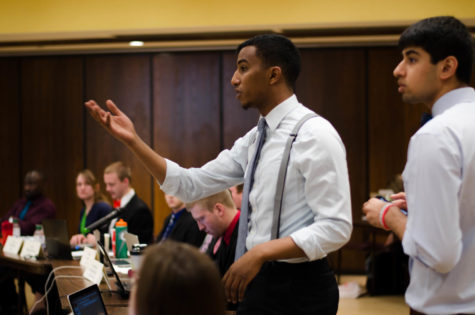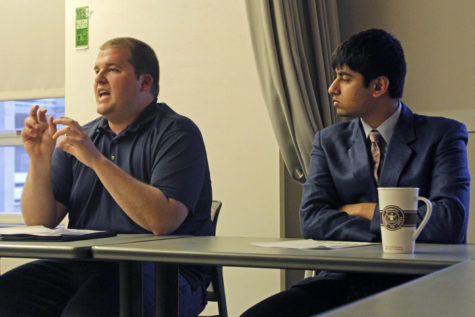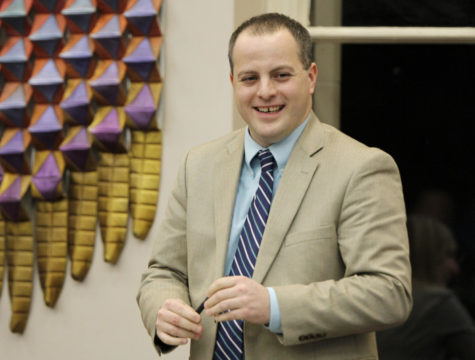Student fees used in variety of ways
September 26, 1996
Students pay student fees, but where they go is a mystery to many.
Tuition, which was $2,470 for in-state students and $8,284 for out-of-state students this year, is classified into two categories. Not included in tuition are a standard computer fee of $92, a health fee of $88 and a $16 health facility fee.
One part is classified as student fees, the other part of tuition goes to the general university account.
The general university account pays the general university expenses, such as maintaining the campus and paying the university faculty and staff.
The student-fees part of tuition pays for many student services including: Cy-Ride expenses, Memorial Union maintenance, and other university organizations that help students. This funding is also needed to maintain the Lied Recreation Facility expenses, and to help support intercollegiate athletics that do not generate revenue.
The Government of the Student Body Student Fees Committee determines the fee increase or decrease. Adam Obrecht, College of Agriculture senator and a member of the GSB student fees committee, said the committee is made of six students and four administrators.
He said each organization that receives funding gives a presentation to the committee informing them of their current budget and the money they need to maintain it. The majority usually need an increase in funding, he said, but some do report they do not need additional monies.
The increase for student fees is $4.04. With a base of 52,000 students used to determine the budget, the 3.5 percent increase seems negligible, Obrecht said.
Firstar Bank is ISU’s primary banker.
“Firstar Bank is our depository bank,” said Joan Thompson, the treasurer of ISU. Thompson added that once the money is in the account it is invested.
While these student fees sit in an account being invested, they accumulate interest. The interest goes to the Campus Organizations Accountant Office. The interest pays for the office payroll and student organization activities. When an organization fills out a campus voucher to fund an activity, the money comes from the interest.
Cy-Ride received an increase in student funding due to a cut in government funding. There are also the renovations and repairs to the Memorial Union. Students are helping to pay for one-third of its expenses.
Student fees used in variety of ways
Undergraduate Resident Tuition $1235.00
Debt Service
Memorial Union 3.90
Hilton Coliseum 9.00
Recreation Facility 15.25
Special Purpose 28.15
Memorial Union
Operation 22.93
SUB Programming
SUB Space Remodeling -0-
Intercollegiate Athletics 17.25
41.18
Reserve for Student
Organization Deficits ——
Student Activities
Recreation (General) 9.26
Recreation Facility 1.00
Student Government 24.56
United Students of Iowa
Reserve for Legislative Relations .15
Contingency Reserve -0-
34.97
Cy-Ride (Bus System) 16.48
Nite Ride .46
16.94
Building Maintenance
(Carry-over-reserve) (.72)
Total Designated Tuition $119.52
Proportion of Fee to General Fund $1,115.48
* These are the proposed fees per semester for the 1996-1997 school year.









